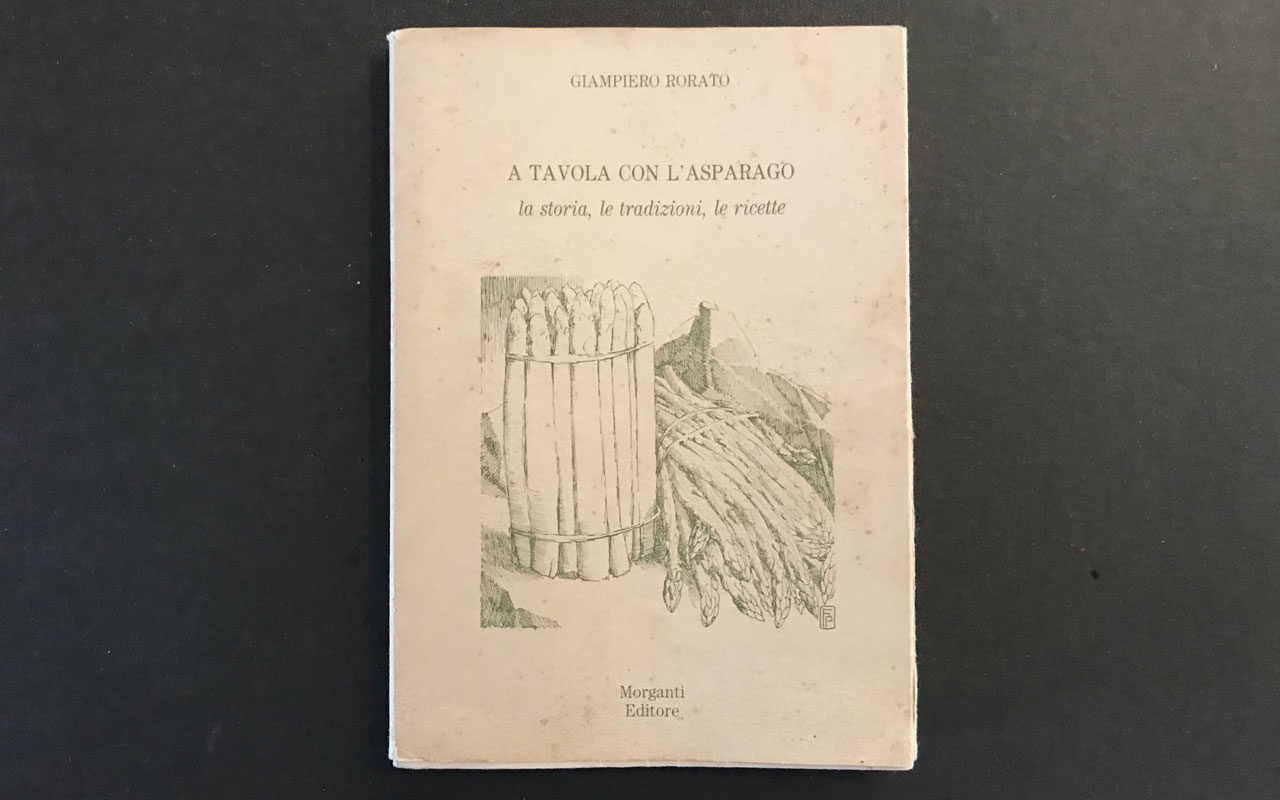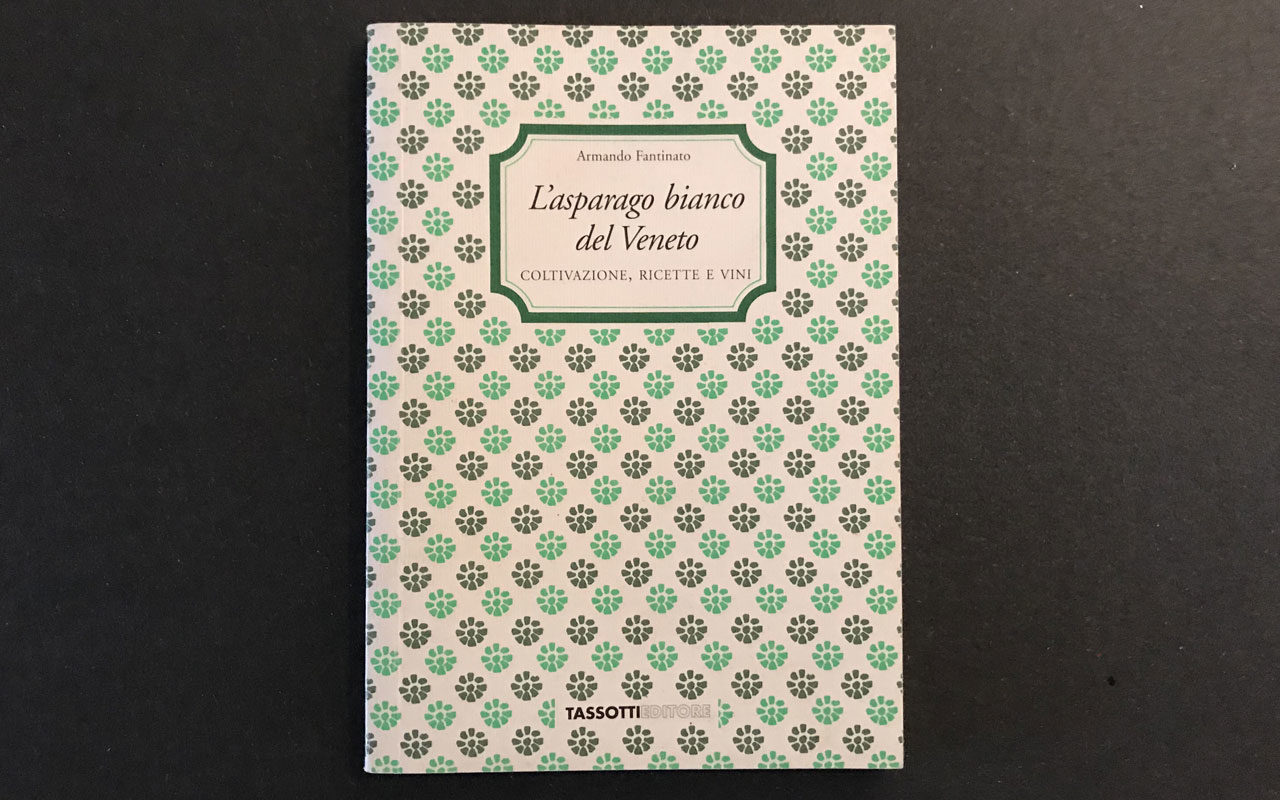To give the asparagus a more beautiful appearance, before cooking them, scrape off the white part with a knife and trim the end of the stalk.
Curiosités Archivi - Page 3 sur 3 - Fantin Asparagi
BOTANICAL NAME: Asparagus officinalis L.: this is how the illustrious Swedish scientist Carlo Linneo (1707-1778) called the plant. The word officinalis indicates that it is a plant with medicinal and therapeutic properties. L. instead recalls Linnaeus, who first classified this plant.







